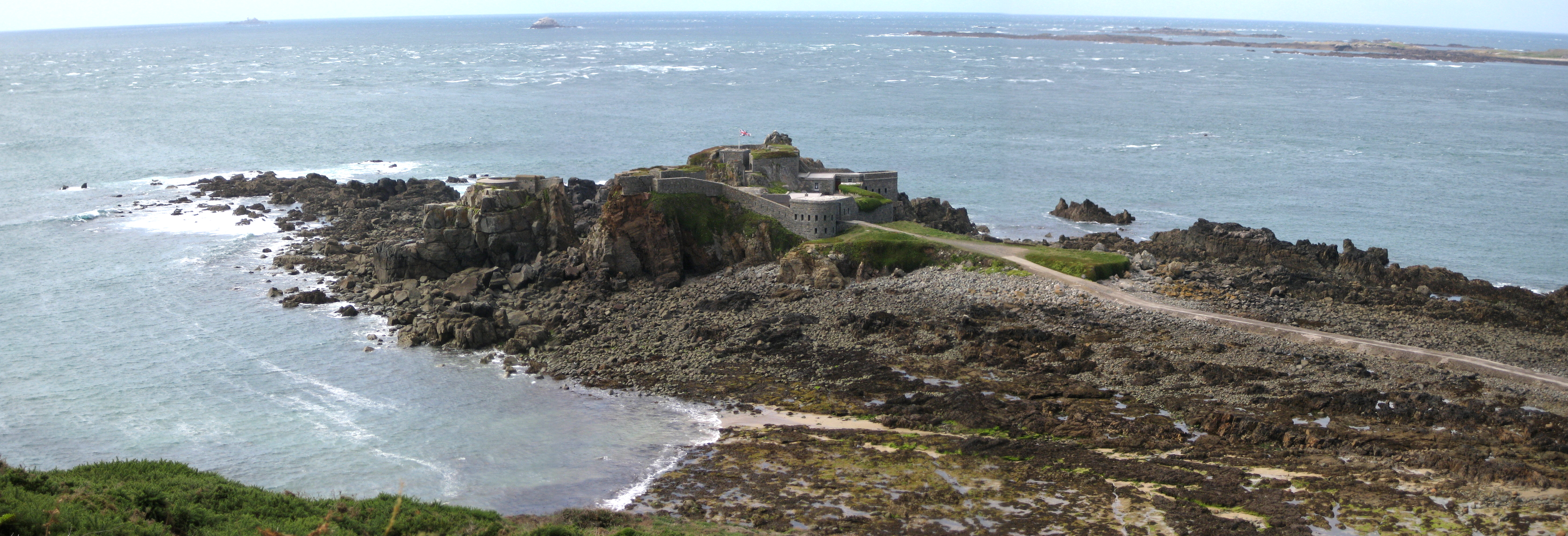|
Cloth Fair
Cloth Fair is a street in the City of London where, in medieval times, merchants gathered to buy and sell material during the Bartholomew Fair. Today, it is a short residential street to the east of Smithfield in the north-western part of the city and is located in the ward of Farringdon Within. The street runs southwest to northeast from Little Britain, parallel to Long Lane to the north and bordered by the Anglican church of St. Bartholomew-the-Great to the south, until it merges with Middle Street some 150 yards later. The street was originally within the precincts of the Priory of St. Bartholomew's, and until 1910 formed a separate liberty, with gates that were shut at night. Such a small area could not meet the demands of installing street lighting and sewers, and rejoined the city. The area has a long history, a varied past and strong literary tradition. It contains within its boundaries the oldest residential dwelling in London (numbers 41 and 42), and a pair of prope ... [...More Info...] [...Related Items...] OR: [Wikipedia] [Google] [Baidu] |
Little Britain, London
Little Britain is a street in the City of London running from St. Martin's Le Grand in the east to West Smithfield in the west. It is situated in the Aldersgate and Farringdon Within wards. Postman's Park is also bounded by Little Britain. Historically, Little Britain referred to a small district in the City just north of London Wall, including this street. Washington Irving described this district in ''The Sketch Book of Geoffrey Crayon, Gent.'', published in 1820. The opening paragraph reads: Booksellers dominated the street from the mid-16th century, followed by goldsmiths and clothing trades from the mid-18th to the 20th centuries. Cultural references Little Britain is mentioned in Charles Dickens' novel ''Great Expectations'' as the location of Jaggers' office. It is also mentioned in Waverley by Sir Walter Scott in connection with the publication of a manuscript. It is not correct, as often said, that the name comes from a medieval Breton enclave, or a possession o ... [...More Info...] [...Related Items...] OR: [Wikipedia] [Google] [Baidu] |
Landmark Trust
The Landmark Trust is a British building conservation charity, founded in 1965 by Sir John and Lady Smith, that rescues buildings of historic interest or architectural merit and then makes them available for holiday rental. The Trust's headquarters is at Shottesbrooke in Berkshire. Most Trust properties are in England, Scotland and Wales. Several are on Lundy Island off the coast of north Devon, operated under lease from the National Trust. In continental Europe there are Landmark sites in Belgium, France and Italy. Five properties are in the United States — all in Vermont — one of which, Naulakha, was the home of Rudyard Kipling in the 1890s. The Trust is a charity registered in England & Wales and in Scotland. The American sites are owned by an independent sister charity, Landmark Trust USA. There is also an Irish Landmark Trust. Those who rent Landmarks provide a source of funds to support restoration costs and building maintenance. The first rentals were in 1967 when ... [...More Info...] [...Related Items...] OR: [Wikipedia] [Google] [Baidu] |
Farringdon Station
Farringdon is a London Underground and connected main line National Rail station in Clerkenwell, central London. The station is in the London Borough of Islington, just outside the boundary of the City of London. Opened in 1863 as the terminus of the Metropolitan Railway, the world's first underground passenger railway, Farringdon is one of the oldest surviving underground railway stations in the world. Today the station is served by the London Underground Circle, Hammersmith & City, and Metropolitan lines between and , the National Rail Thameslink route between and , and the TfL Elizabeth line (since the opening of the line between Abbey Wood and Paddington on 24 May 2022). History The station was opened on 10 January 1863 as the terminus of the original Metropolitan Railway, the world's first underground metro line. The station, initially named Farringdon Street, was originally a short distance from the present station building. The line ran from the Farringdon ar ... [...More Info...] [...Related Items...] OR: [Wikipedia] [Google] [Baidu] |
Metropolitan Line
The Metropolitan line, colloquially known as the Met, is a London Underground line between in the City of London and and in Buckinghamshire, with branches to in Hertfordshire and in Hillingdon. Printed in magenta on the tube map, the line is in length and serves 34 stations (9 of which are step free). Between Aldgate and , the track is mostly in shallow "cut and cover" tunnels, apart from short sections at and Farringdon stations. The rest of the line is above ground, with a loading gauge of a similar size to those on main lines. Just under passenger journeys were made on the line in 2011/12. The line is one of just two Underground lines to cross the Greater London boundary (the other being the Central line). It is the only Underground line with an express service at peak times; the resulting longer distance between stations means trains can achieve the system's highest speeds of over on some sections. In 1863, the Metropolitan Railway began the world's first undergr ... [...More Info...] [...Related Items...] OR: [Wikipedia] [Google] [Baidu] |


